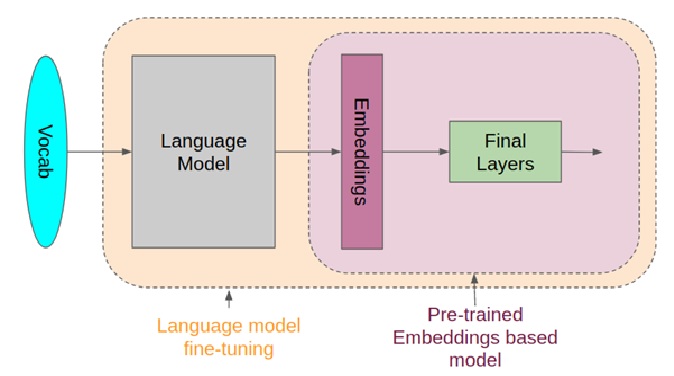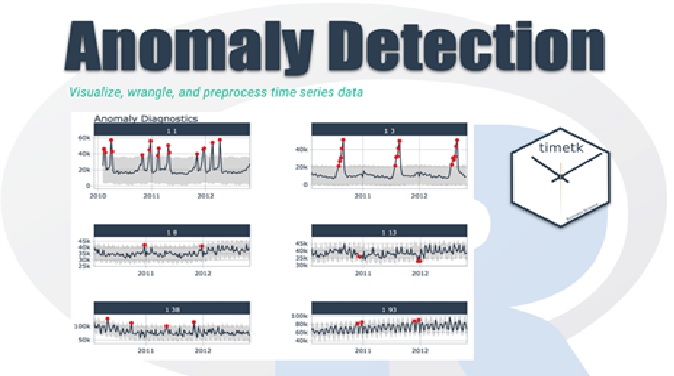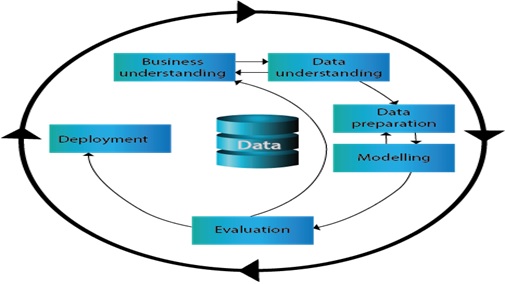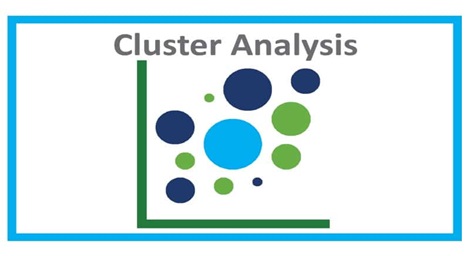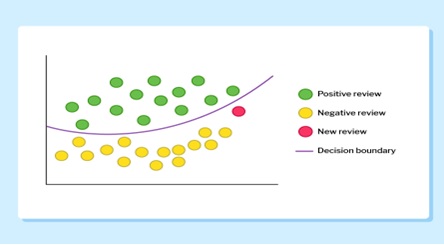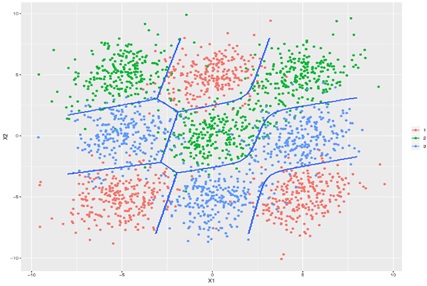The Growth Of Intent-Based Networking (IBN)
Time Series Data Analysis is a way of studying the characteristics of the response variable with respect to time as the independent variable. To estimate the target variable in the name of predicting or forecasting, use the time variable as the point of reference. A Time-Series represents a series of time-based orders. It would be Years, Months, Weeks, Days, Horus, Minutes, and Seconds. It is an observation from the sequence of discrete time of successive intervals.
Learning Objectives
- We will discuss in detail TSA Objectives, Assumptions, and Components (stationary and non-stationary).
- We will look at the TSA algorithms.
- Finally, we will look at specific use cases in Python. [1]

Figure 1. Time-series Analysis
Time-series Analysis is shown in figure 1. Time series analysis is a specific way of analyzing a sequence of data points collected over an interval of time. In time series analysis, analysts record data points at consistent intervals over a set period of time rather than just recording the data points intermittently or randomly. However, this type of analysis is not merely the act of collecting data over time
Time Series Analysis Types
Because time series analysis includes many categories or variations of data, analysts sometimes must make complex models. However, analysts can’t account for all variances, and they can’t generalize a specific model to every sample.
Models of time series analysis include:
- Classification: Identifies and assigns categories to the data.
- Curve fitting: Plots the data along a curve to study the relationships of variables within the data
- Descriptive analysis: Identifies patterns in time series data, like trends, cycles, or seasonal variation.
- Explanative analysis: Attempts to understand the data and the relationships within it, as well as cause and effect.
- Exploratory analysis: Highlights the main characteristics of the time series data, usually in a visual format.
- Forecasting: Predicts future data. This type is based on historical trends. It uses the historical data as a model for future data, predicting scenarios that could happen along future plot points.
- Intervention analysis: Studies how an event can change the data.
Segmentation: Splits the data into segments to show the underlying properties of the source information.[2]
Time series analysis is one of the most important aspect of data analytics for any large organization as it helps in understanding seasonality, trends, cyclicality and randomness in the sales and distribution and other attributes. [3]
References:
- https://www.analyticsvidhya.com/blog/2021/10/a-comprehensive-guide-to-time-series-analysis/
- https://www.tableau.com/learn/articles/time-series-analysis
- https://medium.com/swlh/time-series-analysis
Cite this article:
Gokula Nandhini K (2023), Time-series Analysis,AnaTechMaz, pp.67





